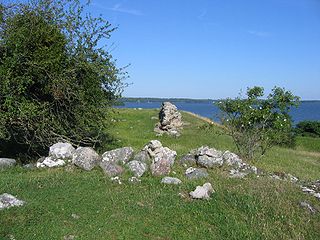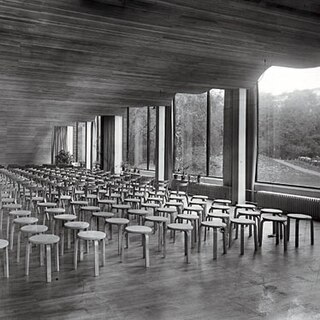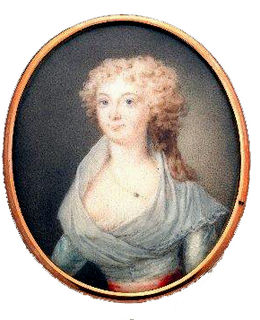Related Research Articles

The 1700s decade ran from January 1, 1700, to December 31, 1709.
The 1710s decade ran from January 1, 1710, to December 31, 1719.

The Swedish-speaking population of Finland is a linguistic minority in Finland. They maintain a strong identity and are seen either as a separate cultural or ethnic group, while still being Finns, or as a distinct nationality. They speak Finland Swedish, which encompasses both a standard language and distinct dialects that are mutually intelligible with the dialects spoken in Sweden and, to a lesser extent, other Scandinavian languages.

The Swedish nobility has historically been a legally and/or socially privileged class in Sweden, and part of the so-called frälse. The archaic term for nobility, frälse, also included the clergy, a classification defined by tax exemptions and representation in the diet. Today the nobility does not maintain its former privileges although family names, titles and coats of arms are still protected. The Swedish nobility consists of both "introduced" and "unintroduced" nobility, where the latter has not been formally "introduced" at the House of Nobility (Riddarhuset). The House of Nobility still maintains a fee for male members over the age of 18 for upkeep on pertinent buildings in Stockholm.

The Governor, Finnish: Maaherra, or Swedish: Landshövding, of a province of Finland headed the activities of the State Provincial Office, Finnish: Lääninhallitus, or Swedish: Länsstyrelse until the end of 2009, when the provinces were abolished. The governors were appointed by the President. Many former ministers including but not limited to Kaarlo Hillilä, Martti Miettunen, Hannele Pokka and Anneli Taina served as governors, since the post was regarded as prestigious enough for a retiring minister, but still politically neutral. The title of maaherra was also considered a personal title, such that once appointed, the title maaherra remained for life.

Group 3 is the first group of transition metals in the periodic table. This group is closely related to the rare-earth elements. Although some controversy exists regarding the composition and placement of this group, it is generally agreed among those who study the matter that this group contains the four elements scandium (Sc), yttrium (Y), lutetium (Lu), and lawrencium (Lr). The group is also called the scandium group or scandium family after its lightest member.
Turku and Pori Province was a province of independent Finland from 1917 to 1997. The province was however founded as a county in 1634 when today's Finland was an integrated part of Sweden. It is named after the cities of Turku and Pori.

The Jämtland Ranger Corps, is a Swedish Army infantry unit that operated in various forms the years 1670–1983, 1990–1997, 2000–2005 and 2021–present. The unit was located in Östersund Garrison in Östersund.
The Finnish nobility was historically a privileged class in Finland, deriving from its period as part of Sweden and the Russian Empire. Noble families and their descendants are still a part of Finnish republican society, but except for the titles themselves, no longer retain any specific or granted privileges. A majority of Finnish nobles have traditionally been Swedish-speakers using their titles mostly in Swedish. The Finnish nobility today has some 6,000 male and female members.

Hedwig Elisabeth Charlotte of Holstein-Gottorp was Queen of Sweden and Norway as the consort of King Charles XIII and II. She was also a famed diarist, memoirist and wit. She is known by her full pen name (above), though her official name as queen was Charlotte (Charlotta).

The architecture of Finland has a history spanning over 800 years, and while up until the modern era the architecture was strongly influenced by currents from Finland's two respective neighbouring ruling nations Sweden and Russia, from the early 19th century onwards influences came directly from further afield: first when itinerant foreign architects took up positions in the country and then when the Finnish architect profession became established.

Magdalena "Malla" or "Malin" Charlotta Rudenschöld, was a Swedish countess, lady-in-waiting and conspirator. She was a key member of the Gustavian Armfelt Conspiracy who conspired to depose the regency government of Duke Charles. She was convicted of treason, pilloried, and sentenced to life in prison.
The history of Finnish philosophy ranges from the prehistoric period to contemporary philosophy.
References
- ↑ "Aateliskalenteri" (in Finnish). Finnish House of Nobility. Archived from the original on 27 December 2009. Retrieved 4 February 2010.